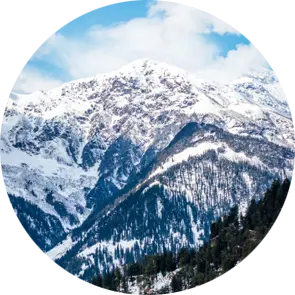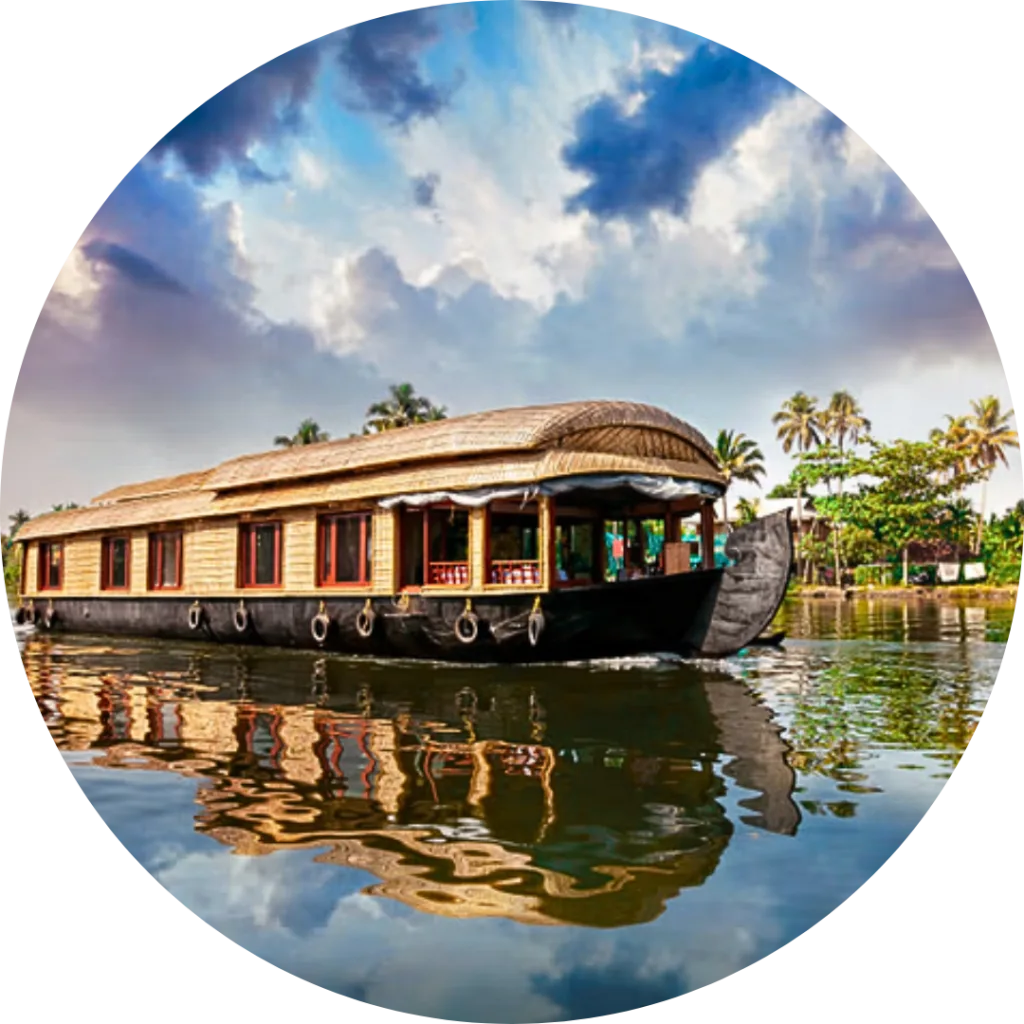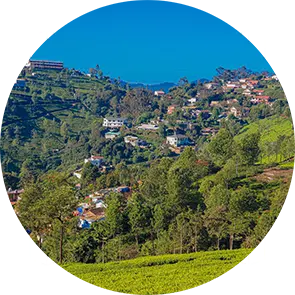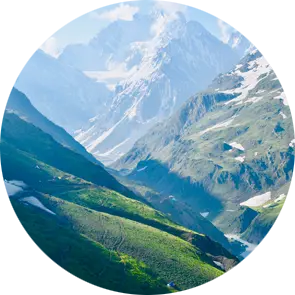Introduction
Nestled in the remote reaches of the Indian Himalayas, Spiti Valley is a hidden gem that promises an unforgettable adventure for every traveler. Imagine a land where barren mountains meet crystal-clear rivers, ancient monasteries perch atop dramatic cliffs, and vibrant festivals celebrate a rich cultural tapestry. This is Spiti Valley—a destination that remains untamed and unspoiled, offering an escape into nature’s raw beauty and a glimpse into a unique way of life.
For those looking to explore this breathtaking region with ease, Travloger India offers comprehensive travel packages tailored to meet all your needs. From guided tours and comfortable accommodations to transportation and unique local experiences, Travloger India ensures that your journey to Spiti Valley is both seamless and enriching. Our expert team provides personalized services to make your adventure truly memorable.Click here to explore Spiti Valley packages.
In this ultimate guide to Spiti Valley, we’ll take you through everything you need to know to plan your perfect trip. From the best time to visit and how to get there, to top attractions and adventure activities, our comprehensive guide covers it all. We’ll delve into the local culture and cuisine, suggest the best accommodation options, and provide essential travel tips to ensure a safe and memorable journey. Whether you’re a seasoned traveler or a curious explorer, Spiti Valley is a destination that will captivate your heart and soul. Join us as we uncover the secrets of this Himalayan paradise and help you prepare for an adventure like no other.
Best Time to Visit Spiti Valley
Deciding the best time to visit Spiti Valley depends largely on the type of experience you’re seeking, as each season offers a unique charm and set of activities.
Summer (May to September): This is the most popular time to visit Spiti Valley, and for good reason. The weather is pleasant, with temperatures ranging between 15°C to 20°C during the day, making it perfect for sightseeing and outdoor activities. The roads are generally open, providing easy access to popular attractions like Key Monastery, Chandra Taal Lake, and Dhankar Monastery(Dhankar Gompa). Summer also offers the best conditions for trekking, camping, and enjoying the stunning landscapes in full bloom.
Monsoon (July to September): Although not the most recommended time due to the risk of landslides and road closures, the monsoon season transforms Spiti Valley into a lush, green paradise. The intermittent rains bring out the vibrant colors of the landscape, and fewer tourists mean you can enjoy a quieter, more serene experience. If you decide to travel during this period, exercise caution and stay updated on weather conditions.
Winter (October to April): For those who crave adventure and don’t mind braving the cold, winter in Spiti Valley is a magical time. The valley is blanketed in snow, offering a stark, pristine beauty that few get to witness. Temperatures can plummet below freezing, and many roads, including the route via Manali, are closed due to heavy snowfall. However, if you travel via the Shimla route, which usually remains open, you can experience the unique winter festivals and the hospitality of the locals in their warm, cozy homestays. It’s a challenging but deeply rewarding time to visit for those seeking solitude and dramatic winter landscapes.
How to Get to Spiti Valley

Reaching Spiti Valley is an adventure in itself, offering some of the most scenic and thrilling routes in the Indian Himalayas. Depending on your starting point and preferred mode of travel, there are several ways to get to this remote paradise.
By Road:
1. Delhi to Spiti Valley via Shimla:
• Route: Delhi – Shimla – Kinnaur – Reckong Peo – Kaza
• Distance: Approximately 730 kilometers
• Description: This route is open year-round and is considered more reliable, especially in the winter months. The journey takes you through picturesque towns like Narkanda, Rampur, and Kalpa, offering stunning views of the Sutlej River and lush valleys. It’s a longer route but less treacherous compared to the Manali option.
• Highlights: The apple orchards of Kinnaur, the majestic Kinner Kailash range, and the ancient villages along the way.
2. Manali to Spiti Valley:
• Route: Manali – Rohtang Pass – Kunzum Pass – Kaza
• Distance: Approximately 200 kilometers
• Description: This route is shorter but more challenging, typically open from late June to September, depending on weather conditions. It involves crossing the high-altitude passes of Rohtang and Kunzum, which offer breathtaking landscapes but require careful driving. It’s ideal for adventure enthusiasts who want to experience the raw beauty of the Himalayas.
• Highlights: Rohtang Pass, the pristine Chandratal Lake, and the rugged terrain leading into Spiti Valley.
By Public Transport:
• Buses: Himachal Pradesh Tourism Development Corporation (HPTDC) and Himachal Road Transport Corporation (HRTC) operate buses from Manali and Shimla to Kaza. These buses are affordable and offer a great way to experience the local life and scenery.
• Shared Taxis: Available from Manali and Shimla, shared taxis are a quicker alternative to buses and provide more flexibility in terms of stops and sightseeing along the way.
By Air:
Nearest Airports:
• Bhuntar Airport (Kullu): Located about 245 kilometers from Kaza, Bhuntar Airport is the closest but has limited connectivity.
• Shimla Airport: Approximately 380 kilometers from Kaza, Shimla Airport offers more frequent flights and is a good option for those taking the Shimla route.
• Chandigarh Airport: The most well-connected airport, located about 500 kilometers from Kaza. From here, you can hire a taxi or take a bus to Shimla or Manali and continue your journey to Spiti.
Travel Tips:
• Vehicle: Whether you’re driving your own vehicle or hiring one, ensure it’s well-maintained and equipped for rough, mountainous terrain. A 4×4 vehicle is recommended.
• Permits: Indian nationals don’t need special permits to enter Spiti Valley, but foreign nationals are required to register at the police checkpoints in Kaza.
• Preparation: Due to the remote nature of Spiti, carry essential supplies such as food, water, and a basic medical kit. Ensure your vehicle is stocked with spare tires and fuel as fuel stations are scarce.
Top Attractions in Spiti Valley
Spiti Valley is a treasure trove of natural beauty and cultural heritage. Here are the top attractions you shouldn’t miss:
1. Key Monastery:

• Description: Perched on a hill at 13,668 feet, Key Monastery is the largest and oldest monastery in Spiti Valley. Its labyrinth of rooms and corridors, adorned with ancient murals and Thangkas, is a testament to Tibetan Buddhist architecture.
• Must-See: Attend the morning prayers for a soulful experience and capture the panoramic views of the Spiti River below.
2. Chandra Taal Lake:

• Description: Known as the “Moon Lake,” Chandra Taal is a stunning crescent-shaped lake situated at 14,100 feet. The crystal-clear waters reflect the surrounding snow-capped peaks, creating a mesmerizing sight.
• Activities: Enjoy trekking, camping by the lake, and stargazing under the pristine night sky.
3. Tabo Monastery:

• Description: Often referred to as the “Ajanta of the Himalayas,” Tabo Monastery dates back to 996 AD. Its ancient frescoes, stucco sculptures, and intricate murals offer a glimpse into Spiti’s rich religious history.
• Must-See: Explore the monastery’s nine temples and meditation caves.
4. Dhankar Monastery:

• Description: Located on a cliff overlooking the confluence of the Spiti and Pin rivers, Dhankar Monastery is known for its strategic location and historical significance. It once served as a fort monastery and offers spectacular views.
• Must-See: Hike to the nearby Dhankar Lake for a rewarding trek and stunning vistas.
5. Langza Village:
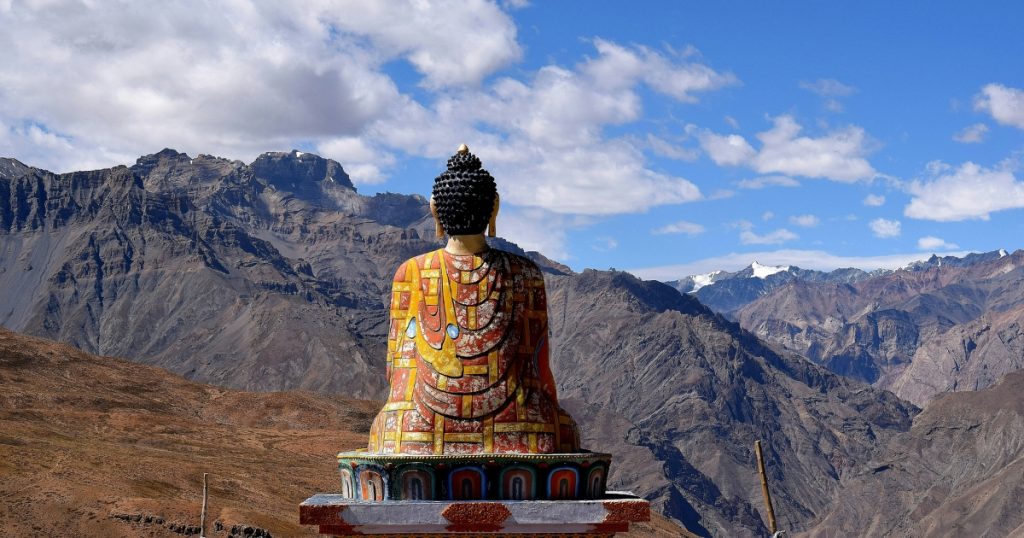
• Description: Famous for its fossil-rich surroundings and a giant Buddha statue, Langza Village provides a unique glimpse into Spiti’s geological history and local life.
• Activities: Fossil hunting and interacting with the warm-hearted locals.
6. Pin Valley National Park:

• Description: Home to rare flora and fauna, including the elusive snow leopard, Pin Valley National Park is a haven for nature lovers and wildlife enthusiasts.
• Activities: Trekking, wildlife spotting, and photography.
Adventure Activities in Spiti Valley

Spiti Valley offers a plethora of adventure activities that cater to thrill-seekers and nature lovers alike:
1. Trekking:
• Popular Treks: Pin Parvati Pass, Hampta Pass, and Chandratal Lake Trek.
• Highlights: Breathtaking landscapes, high-altitude passes, and remote villages.
2. River Rafting:
• Best Spots: The Spiti and Pin rivers provide exciting rapids and stunning scenery.
• Tips: Ensure you go with a professional operator for safety.
3. Wildlife Spotting:
• Unique Species: Snow leopards, Himalayan ibex, and red foxes.
• Best Time: Winter months for higher chances of spotting snow leopards.
Local Culture and Cuisine:
Spiti Valley’s culture is deeply rooted in Tibetan Buddhism, offering a rich tapestry of traditions, festivals, and local flavors:
1. Cultural Insights:

• Monasteries and Gompas: Integral to Spiti’s spiritual life, these monasteries host vibrant festivals and rituals.
• Festivals: Losar (Tibetan New Year), Chham Dance, and other local festivals provide a glimpse into Spiti’s cultural heritage.
2. Cuisine:
• Must-Try Dishes: Thump (noodle soup), momos (dumplings), and chhang (local barley beer).
• Local Eateries: The Himalayan Cafe,Dragon Restaurant, Cafe Kunzum Top, Yak Cafe.
Travel Tips for Spiti Valley
To make the most of your trip to Spiti Valley, keep these essential travel tips in mind:
1. Health Precautions:
• Altitude Sickness: Acclimatize gradually, stay hydrated, and avoid strenuous activities on your first few days.
• Medical Kit: Carry basic medications and a first-aid kit.
2. Packing Essentials:
• Clothing: Layered clothing for varying temperatures, sturdy trekking shoes, and thermal wear for colder months.
• Gear: Sunscreen, sunglasses, a hat, and a good camera.
3. Sustainable Travel:
• Respect Local Customs: Be mindful of local traditions and practices.
• Environmental Responsibility: Carry reusable water bottles, avoid single-use plastics, and leave no trace.
Summary
Spiti Valley is a destination that promises an unparalleled experience of natural beauty, adventure, and cultural richness. Whether you’re exploring ancient monasteries, trekking through rugged landscapes, or immersing yourself in local traditions, Spiti Valley captivates and inspires.
Ready to embark on the adventure of a lifetime? Plan your trip with Travloger India for a seamless and enriching experience. Share your travel stories, tips, and favorite moments and inspire others to discover the magic of Spiti Valley. Click here to book your slot for Spiti Valley.

